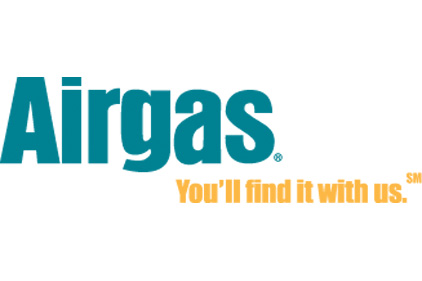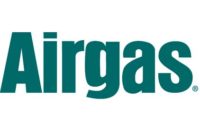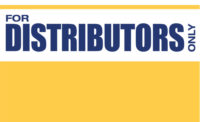Airgas reports fiscal ’14 first quarter results

as planned.
“The EPA’s unexpected ruling in late March to allow for an increase in the production of R-22 this year challenged our refrigerants business to a greater extent than we had estimated, with the unusually cool spring weather across much of the country exacerbating its impact on our results. Both volumes and pricing of R-22 were pressured following the EPA ruling, and the year-over-year negative impact on our earnings this quarter was $0.07 per diluted share compared to the estimated year-over-year negative impact of $0.04 per diluted share we had assumed in our guidance,” said Airgas President and Chief Executive Officer Michael L. Molinini. “Absent the incremental refrigerants impact, our results for the quarter were in-line with the mid-point of our earnings per share guidance range, with Distribution segment organic sales up 1% in what continues to be a very challenging economic environment.”
First quarter earnings per diluted share were $1.14, down 1% compared to prior year earnings per diluted share of $1.15 and up 1% over prior year adjusted earnings per diluted share of $1.13. Results included SAP-related benefits, net of implementation costs and depreciation expense, of $0.06 per diluted share in the current year quarter compared to $0.10 of expense in the prior year quarter, as well as the year-over-year decline in earnings per diluted share related to our refrigerants business.
Sales total $1.28 billion
First quarter sales were $1.28 billion, an increase of 2% over the prior year. Organic sales in the quarter were flat compared to the prior year, with gas and rent up 2% and hardgoods down 3%. Acquisitions contributed sales growth of 2% in the quarter.
“Selling, distribution, and administrative expenses increased 4% over the prior year, with operating costs associated with acquired businesses representing more than 1% of the increase. The favorable impact of the reduction in SAP implementation costs compared to prior year was substantially offset by expenses associated with the expansion of our telesales business through Total Access, our strategic pricing initiative, and other strategic growth initiatives,” said Molinini. “We’re focused on effective management of expenses and have already taken additional steps to help alleviate the impact of rising costs in the second quarter. We will evaluate the need for further action on a quarterly basis, cognizant of the balance between the needs for short-term cost-containment and investing to continue to position Airgas for long-term growth.”
Operating margin was 12.2%, up 10 basis points over prior year operating margin of 12.1% and down 30 basis points compared to prior year adjusted operating margin of 12.5%, which excluded prior year net restructuring and other special charges.
“The decrease in adjusted operating margin reflects a significant decline in operating margins in our refrigerants business as well as overall margin pressure from low organic sales growth, partially offset by the favorable impact of the increase in SAP-related benefits, net of costs,” Molinini added.
Free cash flow for the quarter was $100 million, up 31% over the prior year, and adjusted cash from operations was $178 million, up 15% over the prior year. The increase in cash flows was driven by the lower required investment in working capital in the current quarter compared to the prior year quarter.
Return on capital was 12.1% for the 12 months ended June 30, 2013, a decrease of 50 basis points from the prior year.
Updated guidance
“Airgas is well-positioned for growth. We continue to be optimistic about the long-term prospects for the U.S. manufacturing and energy industries, as well as non-residential construction, and our ability to leverage our unique value proposition and unrivaled platform to capitalize on the opportunities that lie ahead,” said Airgas Executive Chairman Peter McCausland.
“Near-term uncertainty persists for our customers, however, and accordingly the mid-point of our fiscal 2014 guidance assumes only slight sequential improvement in daily sales volumes as the year progresses and low to mid single digit year-over-year organic sales growth rates for the remainder of the year, in part due to easing year-over-year.
Looking for a reprint of this article?
From high-res PDFs to custom plaques, order your copy today!






